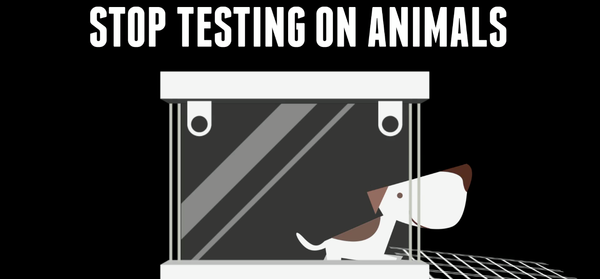angryinthebones: Chemicals are in many of the products we use every day and when it comes to testing
angryinthebones:Chemicals are in many of the products we use every day and when it comes to testing their safety, the most common method - animal experimentation - leaves us with unreliable answers.Animal Testing FactsOne of the main problems with animal testing is that it’s difficult to match toxicities from different species to diseases in humans, making any data produced highly questionable.Animal tests are time consuming and costs millions of dollars to conduct - which is why we don’t know enough about the thousands of chemicals already in our environment.Animal testing is cruel; they are never afforded pain relief. Watch this animation to learn about the inherent flaws of animal tests, and see the modern testing paradigm that will produce safer chemicals and a healthier environment.Differences between humans and the commonly used animal subjects - primarily mice, rats, guinea pigs and rabbits - are significant.Because of this animals in labs rarely react to chemicals in the same way that humans would: we simply can’t use animals to accurately predict how people will respond to a product.Advances in molecular and cellular biology and computing power are revolutionizing toxicology testing, shaving years and millions of dollars off the process and saving countless lives.For example, a new robotic device can work around the clock, testing thousands of chemicals every day, developing huge amounts of data that are relevant to human beings (because they use human cells). This gives scientists meaningful patterns of information about how different chemicals will affect our body.Experts at the National Academy of Sciences have recommended a complete shift away from animal testing.#TailofToxicshttp://thndr.it/1pveVOd -- source link
#animal testing#vinfo
